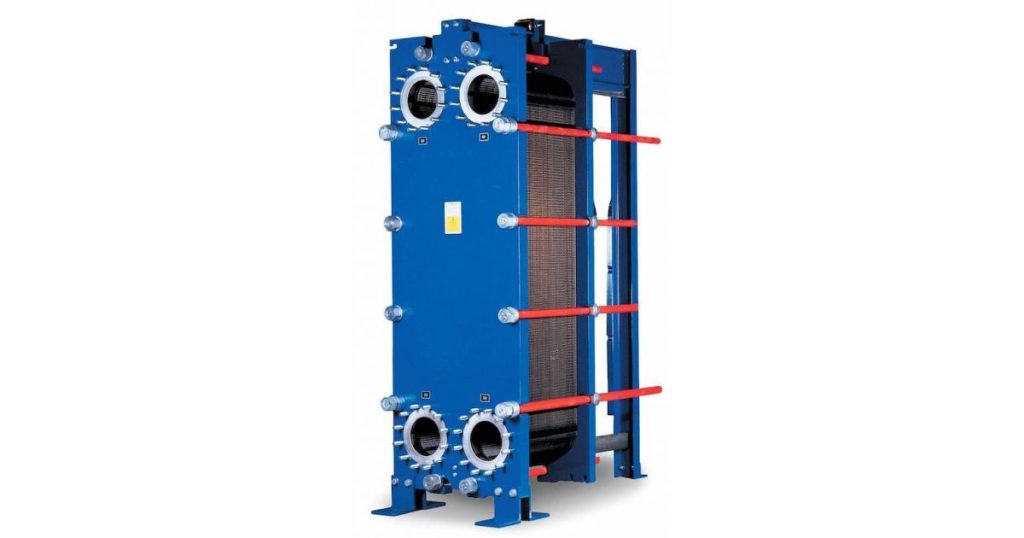
How Does a Gasketed Plate Heat Exchanger Work?
2025-08-08 | Blog
In many industrial applications, efficient heat transfer is essential for performance, safety, and cost control. One of the most versatile technologies used today is the gasketed plate heat exchanger. Known for its high thermal efficiency and easy maintenance, it is widely used in chemical processing, HVAC, food production, and power generation.
This guide explains what a gasketed plate heat exchanger is, how it works, the role of gasket design, the differences between brazed vs gasketed plate heat exchangers, and why it can reduce operating costs.
A gasketed plate heat exchanger consists of a series of thin, corrugated heat transfer plates separated by gaskets. The plate and gasket configuration creates sealed channels for two different fluids to flow through without mixing.
Because the plates are removable, this is a modular plate heat exchanger design, meaning capacity can be increased or decreased by adding or removing plates. Compared to shell and tube heat exchangers, plate designs offer more heat transfer surface area in a smaller footprint, making them ideal for compact installations.

The heat transfer process uses a counter current flow arrangement:
This counter current flow maximizes temperature differences along the length of the exchanger, improving efficiency and reducing operating costs.
The gasket design is critical for performance, sealing, and flow direction. Gaskets are made from materials suited to the fluids and temperatures in use.
In semi welded plate heat exchangers, one side is welded to handle aggressive or high-pressure fluids, while the other remains gasketed for easy maintenance. This hybrid design is common in chemical processing.
When comparing brazed vs gasketed plate heat exchanger designs:
Gasketed plate heat exchangers are used in a variety of industrial applications, including:
Key benefits include:
A gasketed plate heat exchanger combines efficient heat transfer plates, smart gasket design, and flexible configuration to meet diverse industrial needs. Whether you choose a standard model, semi welded, or compare brazed vs gasketed plate heat exchangers, this technology delivers performance, reliability, and cost savings for industries worldwide.
A gasketed plate heat exchanger is a type of heat exchanger made of multiple heat transfer plates separated by gaskets. The gaskets create sealed channels for two different fluids to flow through without mixing, allowing efficient heat transfer. The plates can be removed for cleaning, making it a modular plate heat exchanger design.
It works using a counter current flow system, where hot and cold fluids move in opposite directions across the heat transfer plates. This setup maximizes temperature difference and improves efficiency. The gasket design controls the flow paths and prevents fluid mixing.
Semi welded designs have one fluid path welded and the other gasketed. This allows handling of high-pressure or aggressive fluids on the welded side while still keeping easy maintenance access on the gasketed side.
They are common in: